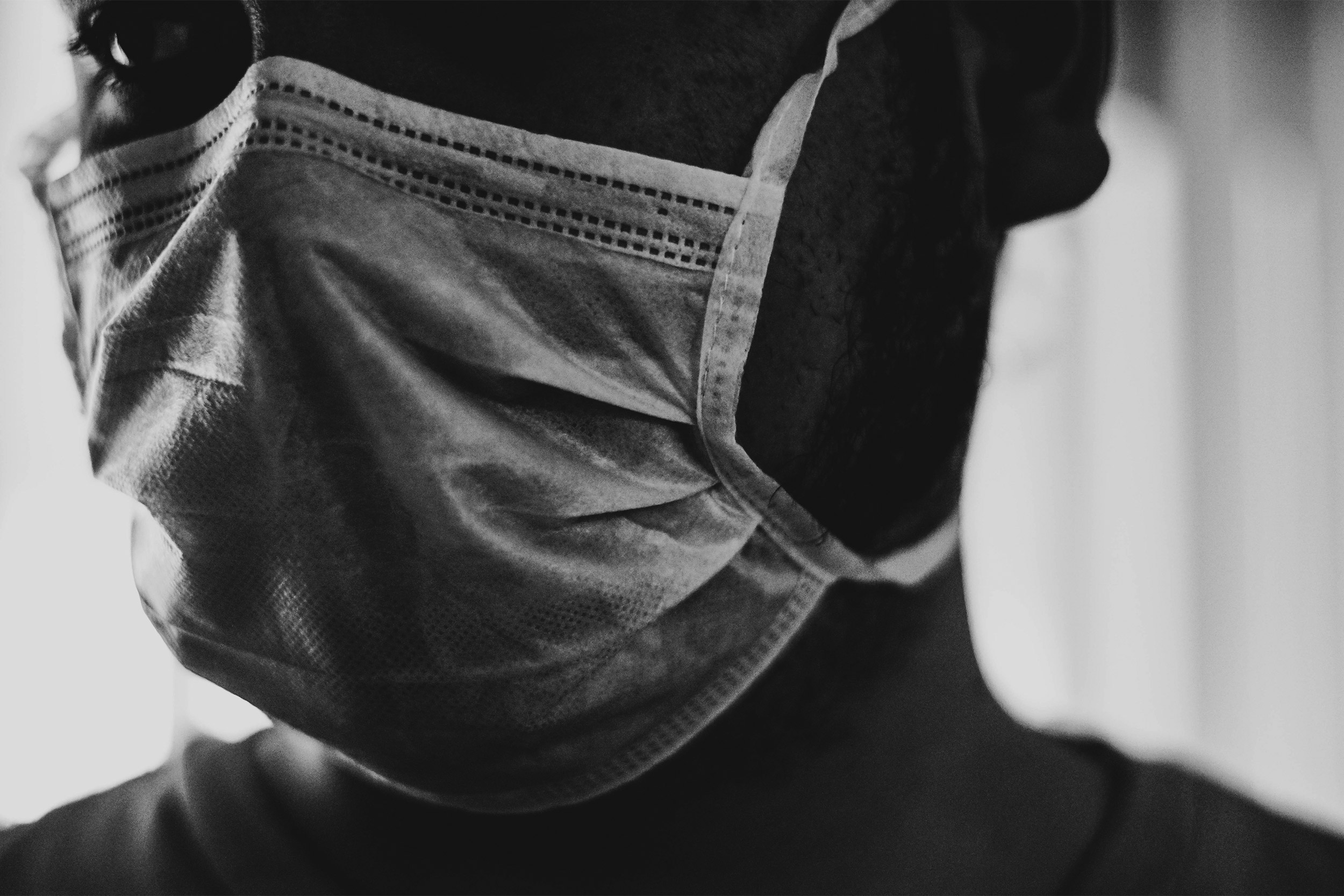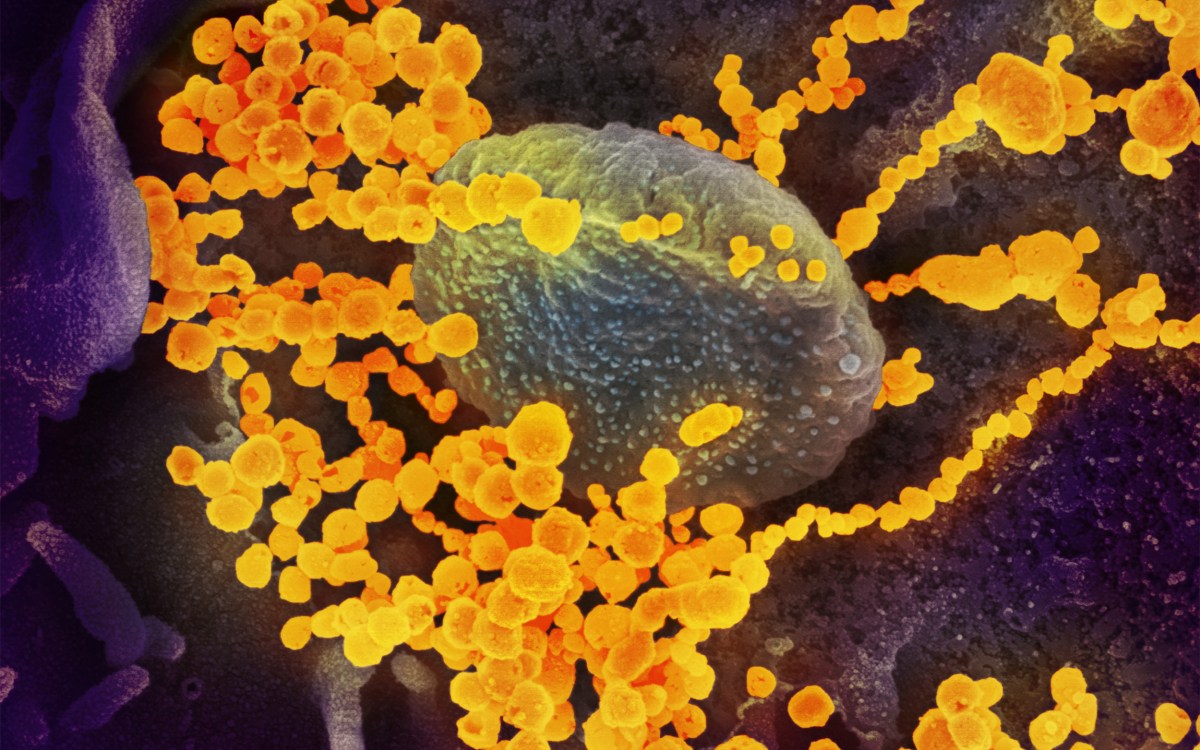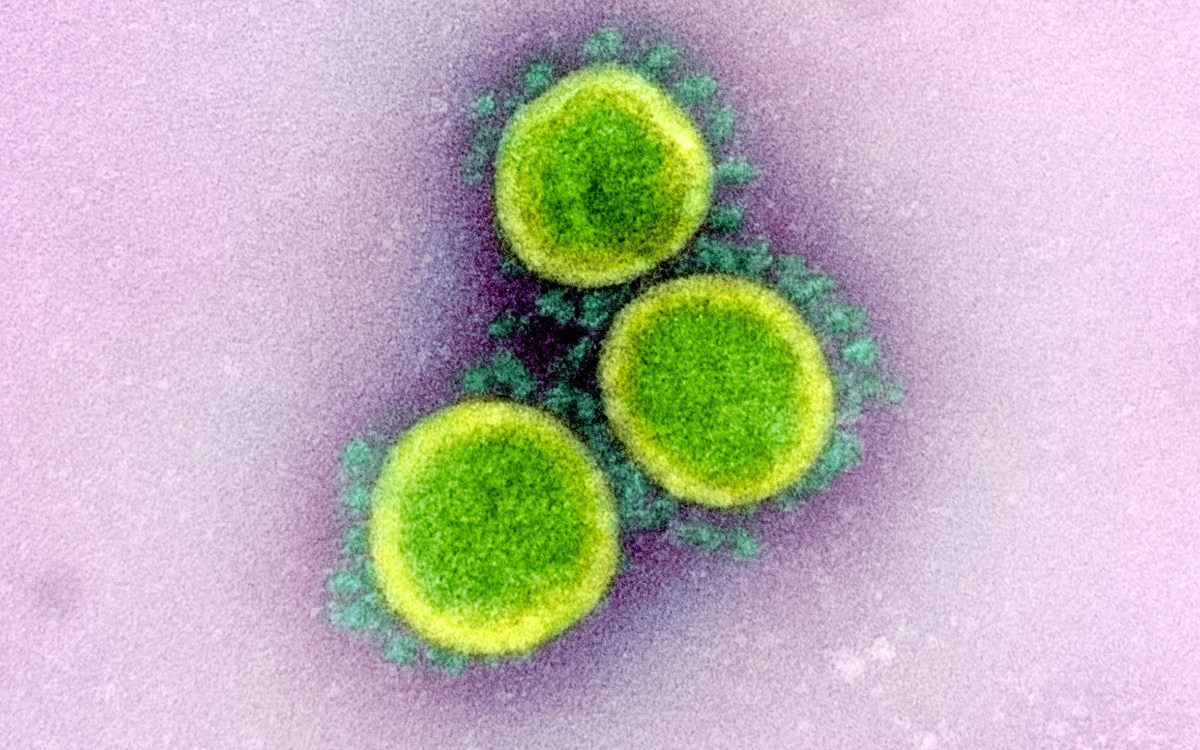
Tai’s Captures/Unsplash
Intel from an outpatient COVID-19 clinic
What can we learn from people with coronavirus who seek care at outpatient clinics?
This is part of our Coronavirus Update series in which Harvard specialists in epidemiology, infectious disease, economics, politics, and other disciplines offer insights into what the latest developments in the COVID-19 outbreak may bring.
Since the early days of the COVID-19 crisis, scientific literature and news reports have dedicated much attention to two groups of patients — those who develop critical disease and require intensive care and those who have silent or minimally symptomatic infections.
Such accounts have mostly overlooked another large and important category of patients — those with symptoms concerning enough to seek care, yet not serious enough to need hospital treatment.
Now, a new report by researchers at Harvard Medical School and Harvard-affiliated Cambridge Health Alliance offers insights into this in-between category based on data collected from people presenting at an outpatient COVID-19 clinic in Greater Boston.
The team’s observations, published April 20 in the journal Mayo Clinic Proceedings, are based on data from more than 1,000 patients who have sought care for respiratory illness since COVID-19 was declared a pandemic in March.
The findings offer a compilation of clues that can help clinicians distinguish between patients with COVID-19 infections and those with other conditions that may mimic COVID-19 symptoms.
Such clues are critical because early triage and rapid decision-making remain essential even now that testing is becoming more widely available than it was in the early days of the pandemic, the research team said. Testing remains far from universal, and even when available, tests still may have a turnaround time of one to three days. Additionally, some rapid point-of-care tests that have emerged on the market have not been entirely reliable and have caused false-negative readings.
“Early recognition and proper triage are especially important given that in the first days of infection, people infected with SARS-CoV-2 may experience symptoms indistinguishable from a variety of other acute viral and bacterial infections,” said study lead author Pieter Cohen, an associate professor of medicine at Harvard Medical School (HMS) and a physician at Cambridge Health Alliance. “Even when point-of-care diagnostic tests are available, given the potential for false-negative results, understanding the early natural history of COVID-19 and good old-fashioned clinical skills will remain indispensable for proper care.”
A nuanced understanding of the typical presentation of COVID-19 in the outpatient setting can also help clinicians determine how often to check back with patients, the researchers added. For example, those who have started developing shortness of breath demand very close monitoring and frequent follow-up to check how the shortness of breath is evolving and whether a patient may be deteriorating and may need to go to the hospital.
According to the report, COVID-19 typically presents with symptoms suggestive of viral infection, often with low-grade fever, cough and fatigue, and, less commonly, with gastrointestinal trouble. Shortness of breath usually emerges a few days after initial symptoms, becomes most pronounced upon exertion and may involve sharp drops in blood oxygen levels.
Chief among the team’s findings
- Fever is not a reliable indicator. If present, it could manifest only with mild elevations in temperature.
- COVID-19 may begin with various permutations of cough without fever, sore throat, diarrhea, abdominal pain, headache, body aches, back pain and fatigue
- It can also present with severe body aches and exhaustion.
- A reliable early hint is loss of the sense of smell in the first days of disease onset.
- In serious COVID-19, shortness of breath is a critical differentiator from other common illnesses.
- Almost no one, however, develops shortness of breath, a cardinal sign of the illness, in the first day or two of disease onset.
- Shortness of breath can appear four or more days after onset of other symptoms.
- The first days after shortness of breath begins are a critical period that requires close and frequent monitoring of patients by telemedicine visits or in-person exams.
- The most critical variable to monitor is how the shortness of breath changes over time. Oxygen saturation levels can also be a valuable clue. Blood oxygen levels can drop precipitously with exertion, even in previously healthy people.
- A small number of people may never develop shortness of breath but may have other symptoms that could signal low oxygen levels, including dizziness or falling.
- Anxiet — common among worried patients with viral symptoms suggestive of COVID-19 — can also induce shortness of breath.
Distinguishing between anxiety-induced shortness of breath and COVID-19-related shortness of breath is critical. There are several ways to tell the two apart.
Key differentiators
- Time of onset: Anxiety-induced shortness of breath occurs rapidly, seemingly out of the blue, while COVID-19 shortness of breath tends to develop gradually over a few days.
- Patient description of sensation: Patients whose shortness of breath is caused by anxiety often describe the sensation occurring during rest or while trying to fall asleep but does not become more pronounced with daily activities. They often describe a sensation of inability to get enough air into their lungs. By contrast, shortness of breath induced by COVID-19-related drops in oxygen gets worse with physical exertion, including performing simple daily activities like walking, climbing stairs or cleaning.
- Anxiety-related shortness of breath does not cause drops in blood oxygen levels
During a clinical exam, a commonly used device, the pulse oximeter, can be valuable in distinguishing between the two. Clipped onto one’s finger, the device measures blood oxygen levels and heart rate in a matter of seconds.
Several types of pneumonia — a general term denoting infection in the lungs — can present with striking similarity to COVID-19. For example, COVID-19 respiratory symptoms appear to closely mimic symptoms caused by a condition known as pneumocystis pneumonia, a pulmonary infection predominantly affecting the alveoli, the tiny air sacs lining the surface of the lungs. Both COVID-19 patients and patients with pneumocystis pneumonia experience precipitous drops in oxygen levels with exertion and shortness of breath. However, in the case of pneumocystis pneumonia, the shortness of breath typically develops insidiously over weeks, not within days, as is the case with COVID-19. Here, a careful patient history detailing evolution of symptoms would be critical, the authors said.
Likewise, during the initial days of infection, both the flu and COVID-19 may have identical presentations, but thereafter the course of the two infections diverges. People with uncomplicated flu rarely develop significant shortness of breath. When they do experience trouble breathing, the shortness of breath is mild and remains stable. On the rare occasion of when flu causes a viral pneumonia, patients deteriorate rapidly, within the first two to three days. By contrast, patients with COVID-19 don’t begin to develop shortness of breath until several days after they first become ill.
Study co-investigators include Lara Hall, Janice Johns and Alison Rapaport.
Relevant disclosures: Cohen has received compensation from UpToDate, a company providing clinical decision-support tools.






